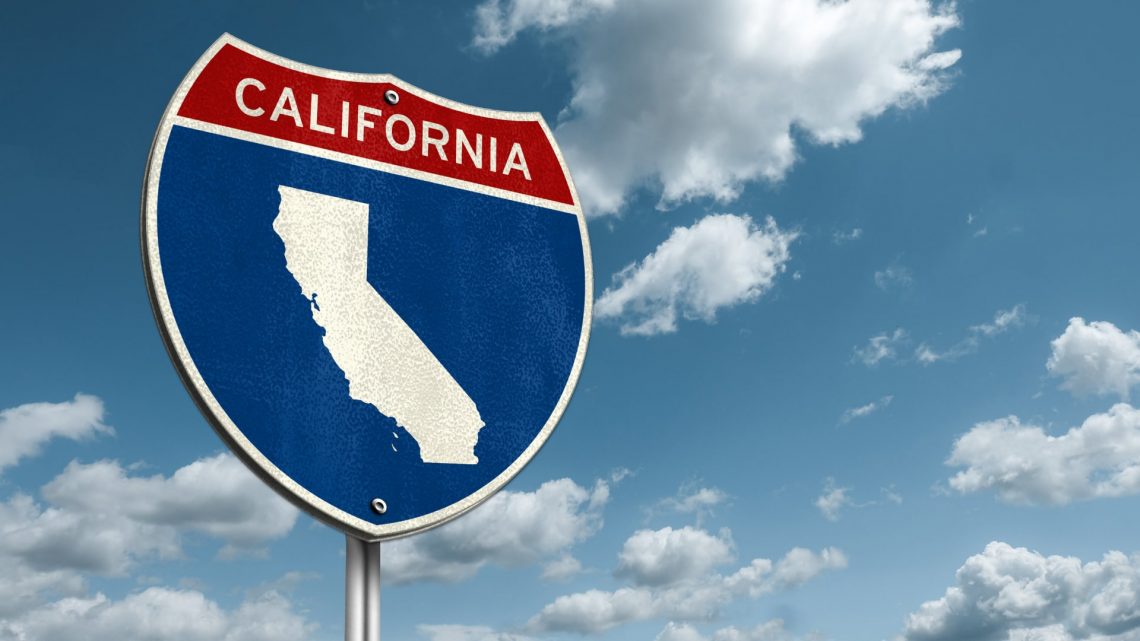California is one of three states in the US that requires companies to reimburse their employee’s mileage. Companies that don’t do so can incur fines and may be subject to other forms of legal action.
California Mileage Reimbursement: What the Law Says
California labor code 2802 states:
“An employer shall indemnify his or her employee for all necessary expenditures or losses incurred by the employee in direct consequence of the discharge of his or her duties, or of his or her obedience to the directions of the employer, even though unlawful, unless the employee, at the time of obeying the directions, believed them to be unlawful.”
Related: Why Companies Need A Mileage Reimbursement Solution
Put simply, if your employee is forced to make a personal expenditure on behalf of your company, you are required to reimburse them. One of the places where it’s necessary to reimburse is their mileage.
California Mileage Reimbursement: What Does Mileage Refer To?
Mileage refers to the costs of owning and operating an automobile. When an employee drives their car, they need to purchase gas, they’ll burn through their oil, and their vehicle’s value will generally depreciate.
Mileage reimbursement takes those factors into account and gives employees money back for those (and potentially other) expenditures.
Mileage Reimbursement Methods
There are a number of ways California companies can reimburse their employee’s mileage. Here are a few notable methods:
- Cents-per-mile reimbursement (often using the IRS mileage rate)
- Actual costs/expenses reimbursement
- Monthly mileage allowance
- FAVR
Which Mileage Reimbursement Method Should California Companies Use?
At TripLog, we would recommend using the standard IRS mileage rate for reimbursement. This is a cents-per-mile method that uses the IRS’ yearly rate recommendation.
Related: Car Allowance vs. Mileage Reimbursement Explained
For most companies, the cents-per-mile method is the right combination of ease of use and accuracy. Some methods might be simpler and others might be a little more accurate, but generally, this is the most popular method.
How Much Should California Companies Reimburse?
There is no set minimum reimbursement that California companies are required to offer. As long as your employers are being reimbursed for all of the expenses they incur while on the job, you will be above the board.
Since mileage can be a little more ambiguous, many companies use the IRS standard mileage rate.
IRS Standard Mileage Rate Explained For California Businesses
Every year, the IRS conducts an independent study into the fixed-and-variable costs of owning and operating a motor vehicle. Things like fuel prices, costs of maintenance, oil changes, insurance, tires, and general depreciation all factor in.
Related: IRS Mileage Rate Explained
Since January 1st, 2025, the IRS standard mileage rate has been .70 cents per mile. So if one of your employees drives for 10 miles, you would reimburse them $7.00.

Do California Companies Have to Use the IRS Mileage Rate?
While companies are not technically required to use the IRS mileage rate from a federal level, California companies are in a unique situation. The IRS standard mileage rate should be enough to cover the requirements set forth in California labor code 2802.
If you choose a cents-per-mile rate lower than the IRS mileage rate, you will still have to ensure that your employees are being fully reimbursed for the costs that they incur from using their vehicle on behalf of your company.
It’s also worth noting that if you choose to reimburse for more than the IRS mileage rate, those funds may be taxed as income for your employees.
How California Employees Should Track Their Mileage
There are a number of ways your drivers can track their mileage. The two main ways are either through manual pen-and-paper methods or using an automatic mileage tracker app.
Related: Mileage Guide For Employees
Manual mileage tracking, while seemingly simple and convenient, actually leaves companies open to significant amounts of fraud and inefficiency. Drivers over-report their mileage by around 28%, and, at roughly 2 minutes per manual entry, could be wasting dozens of labor hours every year.
The Benefits of using an Automatic Mileage Tracker App
The best way to ensure that all of your team’s mileage is tracked (and, most importantly, accurate) is to use a dedicated mileage tracking solution. When your team starts driving, the app will automatically start tracking their mileage, and stops when they stop.
Using pin-point accurate GPS technology, you and your team can rest easy knowing your mileage reimbursements are accurate. Plus, they get back all of the time they would have lost out on with manual methods.
Related: Mileage Guide For Employers
With TripLog, your admin team gets access to our comprehensive web dashboard, where they’re allowed to customize their own and their drivers’ experience, see detailed analytics, and set up a comprehensive approval process.
California Mileage Reimbursement: In Conclusion
The law is clear: California businesses need to reimburse their team’s mileage. One way or another, you will need to set up a system that will work for your company’s individual needs.
The easiest way to get started is to schedule a complimentary live demo with a TripLog mileage expert. We’ll walk you through everything your company will need to know in order to stay compliant.
You can also try our mileage reimbursement calculator or check out our feature comparison table. If you’re reading to get started, visit our pricing page!








